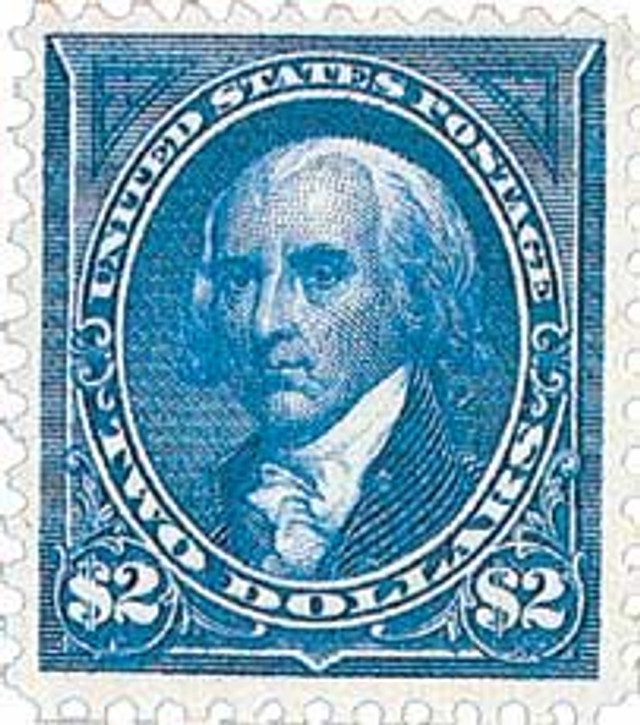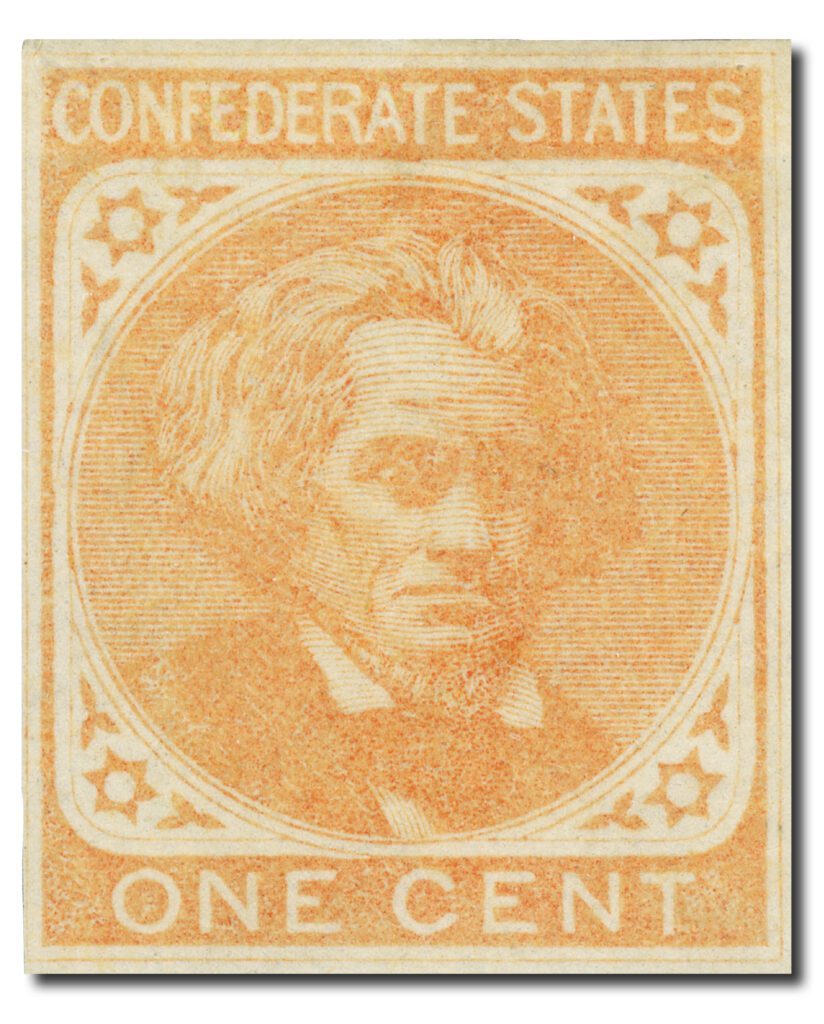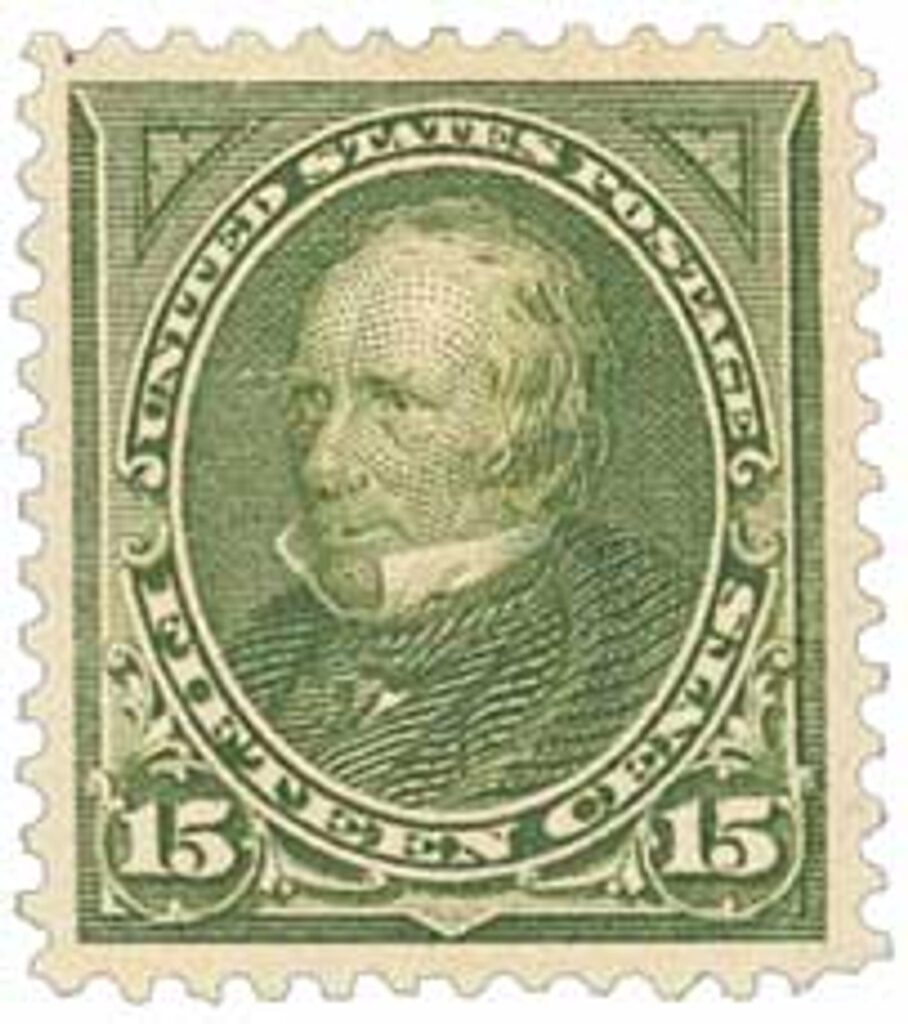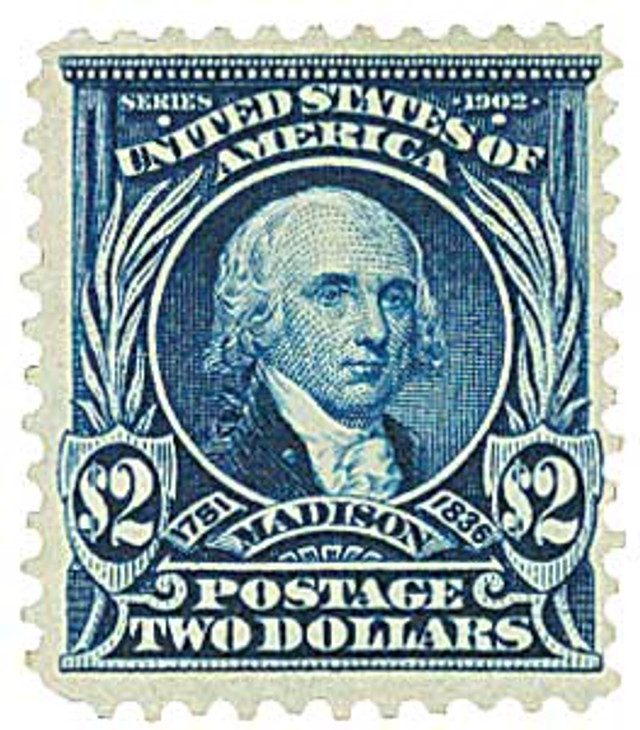Just 29 years after gaining independence, the United States took on the greatest naval power in the world by declaring war on June 18, 1812, in what would become America’s “Second War of Independence.”
Great Britain was embroiled in a lengthy and bitter war with France as the 19th century dawned. Both countries blocked the United States from trading with the other, hoping to deprive their enemy of badly needed supplies.
In 1807, Great Britain passed an act requiring all neutral countries to obtain a license from its officials before trading with France or its colonies. At the same time, American sailors were being kidnapped off US merchant ships and forced to serve on British vessels. In a ten-year period before the hostilities began, approximately 10,000 US sailors were impressed into service in this manner.
Britain and France were also guilty of plundering US merchant ships for supplies to wage war against each other. President Thomas Jefferson enacted the Embargo Act of 1807 in response, but the restrictions hurt American trade more than it did Britain or France.
Congress repealed the act in 1809, replacing it with a bill sought to encourage either of the nations to ease sanctions against the US. In the event one of the nations removed the trade restrictions, the bill would have allowed for the US to block trade with the other. Napoleon indicated France would stop the restrictions, prompting President James Madison to stop all commerce with Britain.
In addition to the trade embargo and matter of impressment, Britain was seen as an ally of Native Americans opposed to America’s expansion in the West. Many members of Congress, led by John Calhoun and Henry Clay, called for war against Britain.
In November of 1811, William H. Harrison led troops into Indiana Territory to destroy a confederacy of Native Americans led by Tecumseh. As territorial governor, Harrison had encouraged new white settlers to the territory in the hopes statehood would be granted. Tecumseh’s confederacy harassed settlers and other Native American leaders who negotiated with them.
Harrison’s troops defeated Tecumseh’s at the Battle of Tippecanoe. The defeat confirmed Tecumseh’s belief that he needed support from Britain to stop the settlers from encroaching further into Northwest Territory. During this time, hawkish members of Congress were pressuring President Madison to strike against Britain. On June 18, 1812, Madison signed the declaration of war on Great Britain, Ireland, and their territories, notably Canada.
In 1812, Canada was a British colony. Canada’s shared border with the US made it an efficient way to strike a blow to Britain. In what became a series of follies, William Hull, an Indian agent and territorial governor of Michigan, took inexperienced troops across the border into Upper Canada (modern Ontario). There they faced well-trained forces led by Sir Isaac Brock, whose men had been preparing for attack. Tecumseh and his warriors had joined the British, hoping to fend off the Americans.
The armies met on August 16, 1812, with the US suffering a terrible defeat. Brock and Tecumseh’s men turned the Americans away and pursued them across the border, where Hull surrendered Detroit without a fight.
Commodore Oliver Hazard Perry won a strategic victory at the Battle of Lake Erie in 1813, putting the Northwest Territory under US control again. This enabled William Harrison to retake Detroit in the Battle of the Thames, which ended with the death of Tecumseh. The US Navy was also able to defeat the Royal Navy in several key battles.
Britain defeated France in 1814, allowing it to focus all resources and manpower solely on war with the United States. With a fresh supply of troops, the British were able to move up Chesapeake Bay and attack Washington, DC, on August 24, 1814. Several government buildings were burned, including the Capitol and White House.
A few weeks later, the British Navy bombarded Baltimore’s Fort McHenry for 25 hours. As the new day dawned, the defenders hoisted an enormous American flag to show the fort had withstood the attack. The sight of the flag inspired Francis Scott Key to write “The Star-Spangled Banner.”

Great Britain’s land troops, who had simultaneously moved to strike Baltimore during the naval onslaught, were also repulsed and their leader killed. Defeated, the British withdrew and prepared to invade New Orleans.
Although the nation’s military prepared for more battle, the defeat at Baltimore convinced British commissioners to meet with US representatives in the Flemish city of Ghent to negotiate for peace. The US agreed to end its demands to stop impressment, while the British promised to discontinue the creation of an Indian state in the Northwest and leave the Canadian border unchanged. The Treaty of Ghent was signed on December 24, 1814.
Unaware peace had been agreed upon, British troops mounted an assault on the vital port city of New Orleans. Led by Major General Andrew Jackson, American troops prevented the invasion and saved both the city and the vast territory the US had gained with the Louisiana Purchase.
Although the War of 1812 failed to achieve its original goals, victory at the Battle of New Orleans increased morale in the US. The young nation had defeated the world’s mightiest empire a second time, with the crowning victory over the illustrious Royal Navy. The “Era of Good Feelings” was ushered in as Americans felt a sense of unity and pride. In turn, this mood of self-confidence and purpose helped fuel the period of American expansionism that would define most of the 19th century.
| FREE printable This Day in History album pages Download a PDF of today’s article. Get a binder or other supplies to create your This Day in History album. |
Discover what else happened on This Day in History.





Yes, the battle of New Orleans was a key turning point. Former general,Colonel Andrew Jackson went on to seve 2 terms as U.S. president. He is a national hero and should be on Mt. Rushmore, It is a national disgrace to America to have had his stature removed (destroyed) from Jackson Square in New Orleans. A real shame indeed. Yet, that is what America has become. Sad, very sad indeed. There is no turning back. The French were very instrumental in helping young Amerca defeat the British during the war of 1812. If not for their help, the British would have won that war and taken over the United States.
Thank you Mystic for your daily history lessons
“Yet, that is what America has become. Sad, very sad indeed.” What is that supposed to mean? The U.S. tries to be a force for good in the world. We don’t always succeed in that, but we try.
Then, a fewdecades later president Jefferson Davis of the southern confederacy colonies desperately sought help from the same British military to help there cause in the civil war, because, even though it took 4 years, they knew they were no match for the powerful Union army. Oh sure, they won a couple battles, but there overall war effort was inevitably in vain. Great Britain never came to their rescue over that lost cause. Over 600,000 American deaths and immeasurable suffering later, America is now truly independent. But, to what end.
Abraham Lincoln was not recognized as president of those southern states, they had their own president, Jefferson Davis.
He was still president when Linclon was assassinated April 14,1865, 3 months into his second term. As soon as he was elected the first time in 1860,the southern states ceceded from the so called ‘union’. He won the presidency by only 40% of the vote in 1860. He never got to live to be the President of the whole of (at the time) ‘United States’.
“America is now truly independent. But to what end?” Again, Thomas, what is that supposed to mean? Maybe it means that the U.S. was held together and a whole country and became a modern industrial nation that helped defeat Nazism in Germany, Fascism in Italy, liberate Western Europe, liberate the Philippines, and defeat Japanese imperialism in World War II. Maybe it means the leading role in holding back Soviet aggression in Europe during the Cold War. That’s just some highlights. Yes, there have been lowlights, but you get the idea.
Well said Mr. Gaunt. Hey Thomas, you ever hear of the “Trail Of Tears”? History hasn’t treated President Jackson very well.
Thomas,
How were the French instrumental helping in The War of 1812? (Other than providing a major distraction of the Napoleonic wars of Europe).
While the outcomes of the War of 1812 were largely favorable to the United States, no reputable historian considers that the United States defeated Great Britain. Rather, by mutual consent the United States did not lose the war.